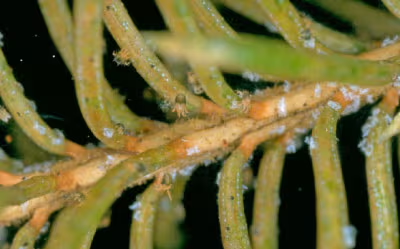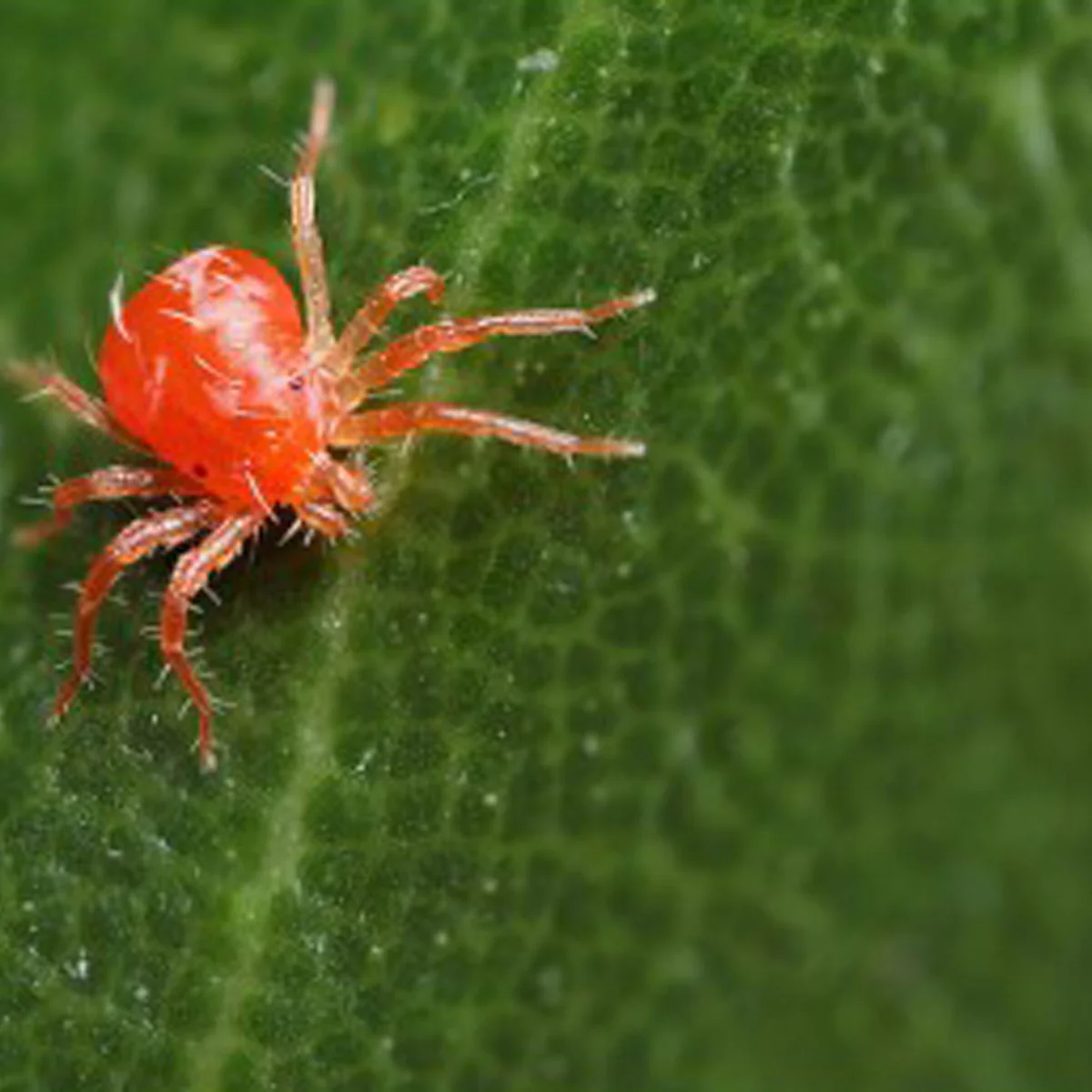My Spruce Trees are Turning Brown
- Jordan Haas
- Jul 9
- 2 min read
The reason could be Spider Mites
Spider mites are tiny arachnids that belong to the family Tetranychidae. They are notorious pests that can cause significant damage to a variety of plants, including spruce trees as well as evergreens including arborvitae. The first indication of spruce spider mite damage is an off-green color, mottling, or stippling of the needles; which may not be very noticeable until early or mid-summer. Usually older, inner needles are attacked first. Damaged needles turn yellow then bronze in June and fall prematurely. Fine webbing may also be present. In severe infestations, twigs and branches can drop all their needles and die leaving dead areas on the plant. Stressed trees may be killed.
Characteristics
Size: Spider mites are very small, typically measuring less than 1 millimeter in length.
Color: They can vary in color, often appearing red, green, or yellow.
Webbing: One of their most recognizable features is the fine webbing they produce, which can cover leaves and stems.

Life Cycle
Eggs: Female spider mites lay eggs on the undersides of leaves.
Larval Stage: After a few days, eggs hatch into larvae, which have six legs.
Nymph Stage: Larvae molt into nymphs, developing into eight-legged adults.
Adult Stage: Adults can reproduce rapidly, leading to large populations in a short time.
Damage to Spruce Trees
Leaf Discoloration: They feed on plant sap, causing needles to become speckled or discolored.
Needle Drop: Severe infestations can lead to needle drop and overall tree decline.
Stunted Growth: Affected spruce trees may exhibit stunted growth and reduced vigor.
Management Strategies
Biological Control: Monitoring for the mites and eggs can be done by tapping the branch over a sheet of white paper. Also, check for beneficial mites and insects that may be feeding on the spruce spider mites. If beneficial insects are present, let them help with management and use treatments that won’t harm beneficial insects. Beneficial mites are usually faster moving, are reddish in color, and leave a red stain when crushed. Adult spruce spider mites are green to brown and leave a green stain when crushed.
Cultural Practices: Maintain healthy spruce trees through proper watering, fertilization, and sanitation to reduce stress and susceptibility.
Regular Monitoring: Regularly check spruce trees for early signs of infestation to manage populations effectively.
Have the tree treated by one of our Tree Health Specialists. This may include injections and/or sprays depending on the insect population.
A dormant spray is recommended to help control pest population. This is done in late fall through winter. Most pesticides available to homeowners are very weak miticides and will not control spider mites well. Stronger miticides are restricted use pesticides and require application by a certified applicator.
Understanding spider mites and their impact on trees is crucial for effective pest management and maintaining tree health.














